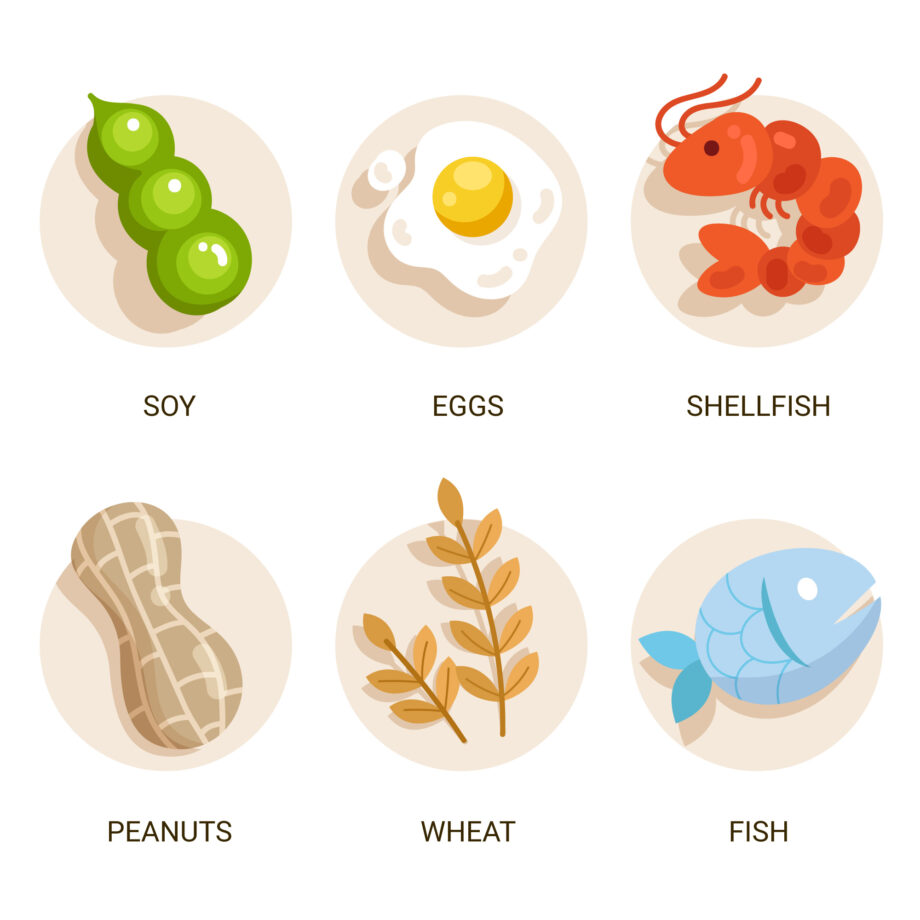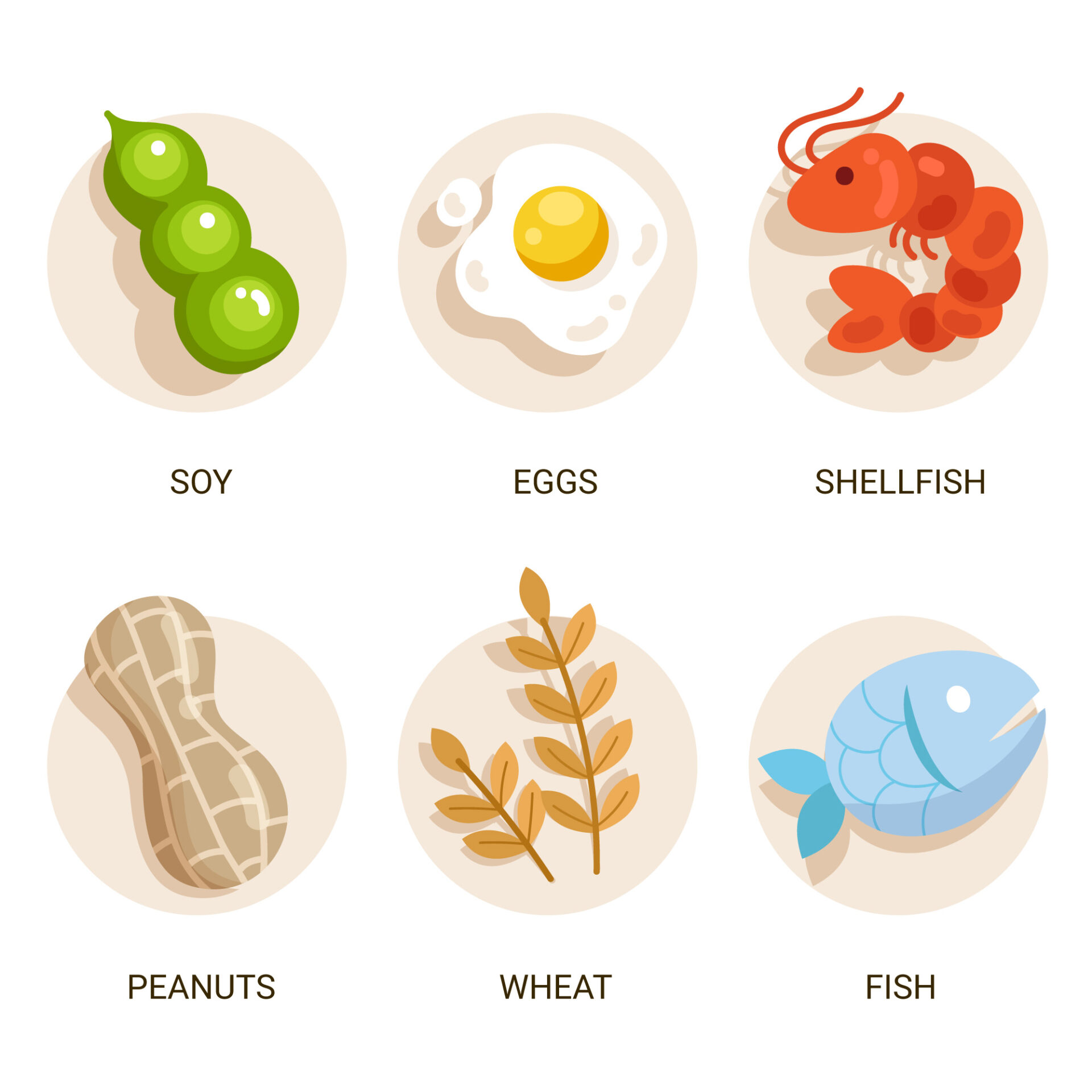Understanding Food Allergies: A Comprehensive Guide
Food allergies are a growing concern, particularly for children and their families. In the UK, approximately 6-8% of children and 1-2% of adults suffer from food allergies, which can greatly impact their quality of life. This blog aims to clarify what food allergies are, the common triggers, and how to recognise and manage symptoms effectively.
What is a Food Allergy?
A food allergy is when the body’s immune system mistakenly identifies certain food proteins as harmful, causing an overreaction. This can happen with proteins found in foods like milk, eggs, or nuts. Upon exposure, the body releases chemicals such as histamine, leading to symptoms that can range from mild discomfort to severe and life-threatening reactions.
There are two types of food allergies:
- Immediate reactions: These occur within minutes of consuming the allergen and can include hives, swelling, and difficulty breathing.
- Delayed reactions: Also known as non-IgE mediated allergies, these involve a slower immune response. While often less dangerous, they can cause significant discomfort and usually affect younger children, often being outgrown by early childhood.
Common Symptoms of Food Allergies
Food allergy symptoms can vary in severity. Here are the most common reactions:
- Mild symptoms:
- Itchy skin or hives
- Swollen lips or face
- Runny nose or watery eyes
- Abdominal pain, nausea, or diarrhoea
- Severe symptoms (Anaphylaxis):
- Breathing difficulties or shortness of breath
- Swelling of the throat, causing airway obstruction
- Dizziness or fainting due to a drop in blood pressure
- Persistent coughing or wheezing
Anaphylaxis is a medical emergency that requires immediate treatment with an adrenaline autoinjector (EpiPen) and a call to emergency services.
Common Food Allergens
Food allergies are usually triggered by a small group of foods. The most common allergens include:
- Eggs
- Milk
- Nuts (peanuts, tree nuts)
- Sesame
- Fish and shellfish
- Wheat
- Soy
- Kiwi
These allergens vary by region, largely depending on dietary habits, but they make up the majority of reactions worldwide.
Delayed Food Allergies: What to Look For
Delayed food allergies, which often affect young children, can be harder to diagnose as symptoms develop gradually. These may include:
- Eczema: Persistent or worsening rashes despite treatment.
- Colic: Intense crying or discomfort in infants.
- Gastrointestinal issues: Diarrhoea, reflux, or constipation.
- Poor weight gain: A failure to thrive despite adequate nutrition.
Delayed food allergies are less common but can be challenging to diagnose due to the overlap with normal childhood conditions. If symptoms are frequent, severe, or resistant to standard treatment, it may indicate an underlying allergy.
Managing Food Allergies
Successfully managing food allergies requires proper identification of the triggers and preparation for allergic reactions. The key steps include:
- Avoidance: Once the specific allergen is identified, it’s crucial to avoid that food entirely. This may involve checking ingredient labels and being cautious about cross-contamination.
- Education: Understanding the symptoms of allergic reactions and knowing when to seek medical help is essential. Caregivers, schools, and other adults involved should be informed about how to handle an allergy emergency.
- Medications: For mild reactions, antihistamines can help ease symptoms like hives or swelling. For severe reactions, adrenaline is the only effective treatment, and individuals should carry an autoinjector at all times.
When to Seek Medical Advice
If you suspect a food allergy or your child has symptoms that persist or worsen, it’s important to consult with a healthcare professional, such as a GP or allergist. They can perform tests to identify the specific allergens and guide you through an effective management plan.
Food Allergies Over Time
Many children outgrow allergies to foods like milk, eggs, and wheat as they get older. However, allergies to nuts, sesame, fish, and shellfish often continue into adulthood. Food allergies can also develop later in life, so it’s possible for adults to experience new allergies even if they didn’t have any as children.
Conclusion
Food allergies can be complex, but understanding the symptoms, triggers, and management strategies is essential for maintaining a good quality of life. Whether it’s learning how to avoid allergens, recognising the signs of an allergic reaction, or knowing how to respond to anaphylaxis, being informed is the best way to manage food allergies effectively. Always consult a healthcare professional if you have concerns or need guidance on managing food allergies.


